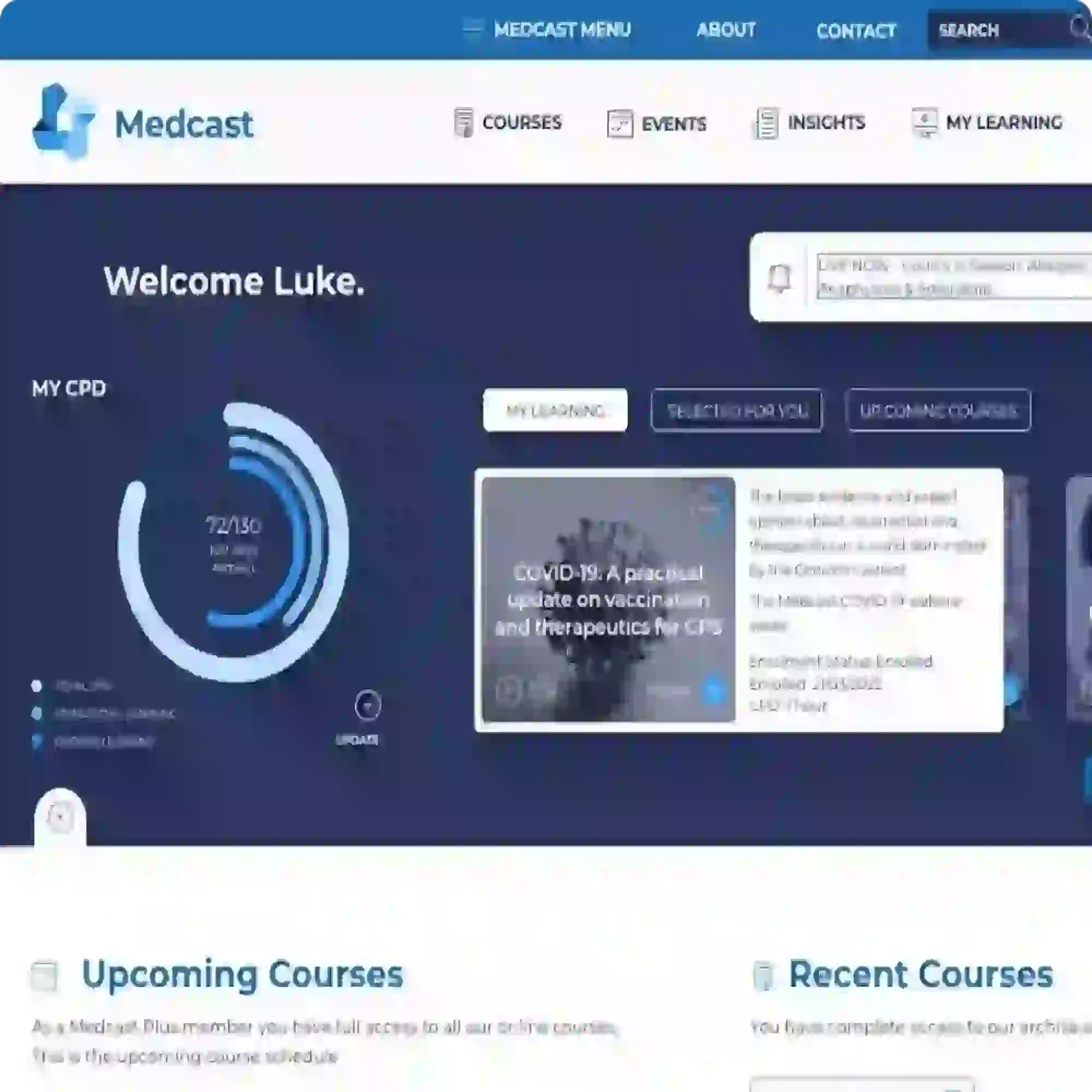Clinical Reasoning for KFP
John is a family friend in his late 20’s, and is an intelligent and health-literate, professional man with well controlled Type 1 Diabetes. He travels extensively for work and when we caught up recently, he had just returned from a trip to India and Nepal to face the devasting break-up of his relationship with his fiancé. He started vomiting several times a day, had nausea and no appetite, and initially thought that this was due to his distress at the break-up. After five days, he developed loose stools, and the other symptoms had continued. Being unable to get into his normal GP, he consulted another doctor at the practice — let’s call him Dr Smith.
John outlined the above symptoms and recent travel destinations carefully and said he was concerned about his diabetes as his blood sugars were running higher than normal, and that he had barely eaten anything for the duration of the illness. He also mentioned the stress of the relationship break-up.
Dr Smith poked John in the abdomen while he was sitting in the chair, asking him “does that hurt?” He then told John that he didn’t know what was wrong with him, but “it could be anything from a parasite to cancer of the stomach or the bowel”. He ordered a stool M/C/S and that was the end of the consultation. That this was the sum total of Dr Smith’s questions and physical examination.
I am so disappointed when I hear incidences like this of clinical reasoning done badly. However, it’s also a great teaching opportunity to show how clinical reasoning can actually apply to clinical practice, and where the KFP fits in.
When we hear John’s opening statement, what is the list of possible diagnoses that we can think of? Intestinal parasite, virus or bacteria spring to mind. John is a Type 1 diabetic, so gastroparesis or pancreatitis should be considered. Is cancer high on the list? Without an adequate history, it is hard to say, however it should always be in the back of your mind, and history should be aimed at ruling out the red flags.
Dr Smith didn’t probe John with questions, but if he had he would have found out the important information that he had lost weight, had a fever and night sweats.
What physical examination would you perform in a diabetic who had been vomiting for a week? Vital signs such as pulse, blood pressure, temperature, blood sugar and U/A to check for ketones, and an assessment of hydration would have been a baseline. Also, an abdominal examination with the patient lying on the bed would have been helpful! This may have shown any abdominal masses, epigastric pain, and bloating that may have been present.
So, there are three KFP type questions that you could ask about this real patient. They will help you to think critically about how you are approaching the assessment, and to maintain high standards in your medical practice.
John’s story has a happy ending — the Stool M/C/S showed Giardia, and he was successfully treated (but after several stressful days of thinking he may have had cancer!)
If you bring Clinical Reasoning focus to each presenting problem, you will become much better at the process, be more successful in the KFP, have a more rewarding professional life, and have much happier patients!
Do you need support with your exam preparation? Have a look at our exam preparation courses here.

Allison is a GP with over 20 years experience. She is a Medical Educator (ME) for a GP Training Provider and has been an OSCE examiner with the RACGP since 2010. Allison is one of the expert MEs that co-facilitate the Medcast exam preparation courses.
Become a member and get unlimited access to 100s of hours of premium education.
Learn moreIn our day-to-day work as a GP, we undertake clinical reasoning with nearly every patient, mostly subconsciously. However, in preparation for the KFP exam, it can be helpful to deconstruct the clinical reasoning process. Hence this blog!
This Hot Topics Keep it Simple Summary is a guide to evidence based medicine in 2020, straight from our UK partners, NB Medical.
“That was a disaster. I ran out of time. I didn’t answer the question. I definitely failed that case”. As a Medical educator I’ve heard it a thousand times, and you’ve probably found yourself saying or thinking it.
